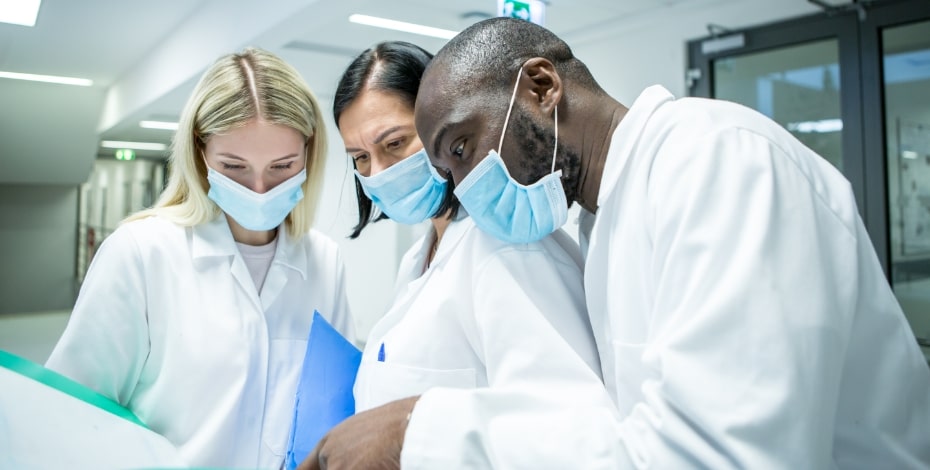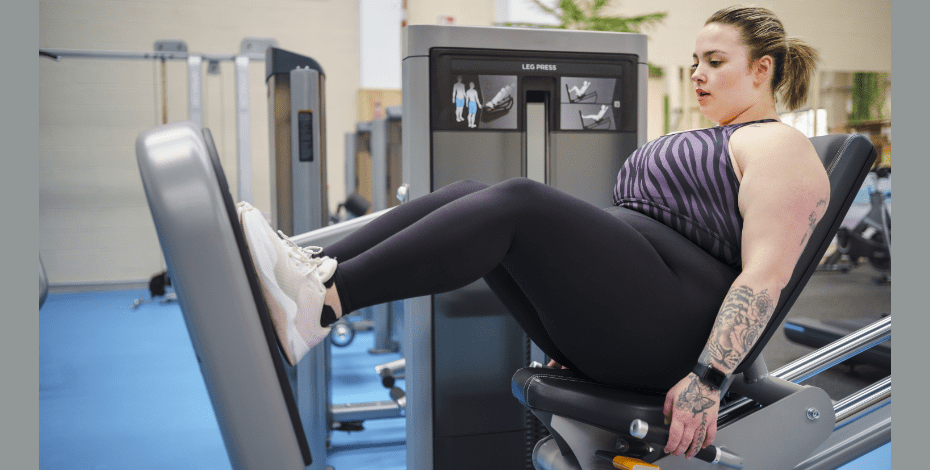
COVID-19 hospital recommendations update

In early 2020, Peter Thomas and colleagues published a much-needed set of recommendations for physiotherapists managing adults with COVID-19 in the hospital system. Much has been learned in the meantime, so an update on their original recommendations has now been provided. Q&A with Peter Thomas.
The initial recommendations were very timely. How much uptake and interest in them was there?
The interest in the initial paper was overwhelming.
It was downloaded via Journal of Physiotherapy approximately 8000 times on the day of its publication and ongoing interest has seen this rise to over 180,000 downloads.
Additionally, the recommendations were endorsed by 10 organisations and have now been translated into 26 languages.
We are indebted to the physiotherapists worldwide who spent many hours completing the translations and to World Physiotherapy, which provided access to the complete set of translations as they evolved.
What aspects of physiotherapy management were covered in the original recommendations and what has changed in the revision?
The original recommendations focused on physiotherapy workforce planning and preparation; delivery of physiotherapy interventions, including both respiratory and mobilisation/rehabilitation; and personal protective equipment requirements for physiotherapy service delivery.
This is still the main framework for the revised recommendations, but with a key section added addressing recovery after COVID-19, including roles that physiotherapy can play in the management of post-COVID syndrome.

Peter Thomas and colleagues have updated their recommendations for treating COVID-19 in hospital.
Updates to original recommendations have included additional information on workload management; staff health, including the benefits of vaccination; providing clinical education; and personal protective equipment, specifically the uniform use of airborne precautions.
For physiotherapy interventions, new information and recommendations have been provided around the implementation of awake proning, mobilisation and rehabilitation in patients with severe hypoxaemia.
Is there much to unlearn or are there mostly just additional recommendations?
When the first paper was written, there were recommendations that we made where we had little information and/or experience specific to COVID-19.
It has been reassuring to see that our recommendations have generally been strengthened as new evidence emerges about COVID-19.
Through the revision process, only two recommendations were revoked.
The main thing to unlearn is the use of droplet precautions for patients with confirmed or suspected COVID-19.
Airborne spread of COVID-19 is now accepted internationally and thus recommendations for personal protective equipment now uniformly recommend using airborne precautions (ie, a P2/N95 mask rather than a surgical mask) in addition to standard precautions.
There are many new recommendations.
The original manuscript consisted of 66 recommendations and the revised paper consists of 94 recommendations.
Do you expect similar interest in the revised guidelines?
The uptake of the first publication was driven by the urgent need for guidance early in the pandemic and the guidelines appear to have had relevance for the physiotherapy community worldwide.
Although many physiotherapists will now have direct, firsthand experience in managing patients with proven or suspected COVID-19, we do feel that the revised guidelines will be a valuable resource that will help to support hospital-based physiotherapy services.
We’ve already had 17 professional organisations provide their endorsement of the revised recommendations and 17 translations have been completed.
>> Dr Peter Thomas is a Specialist Cardiorespiratory Physiotherapist (as awarded by the Australian College of Physiotherapists in 2010) and leads the physiotherapy critical care and general surgery team as a consultant physiotherapist at the Royal Brisbane and Women’s Hospital.
© Copyright 2024 by Australian Physiotherapy Association. All rights reserved.






